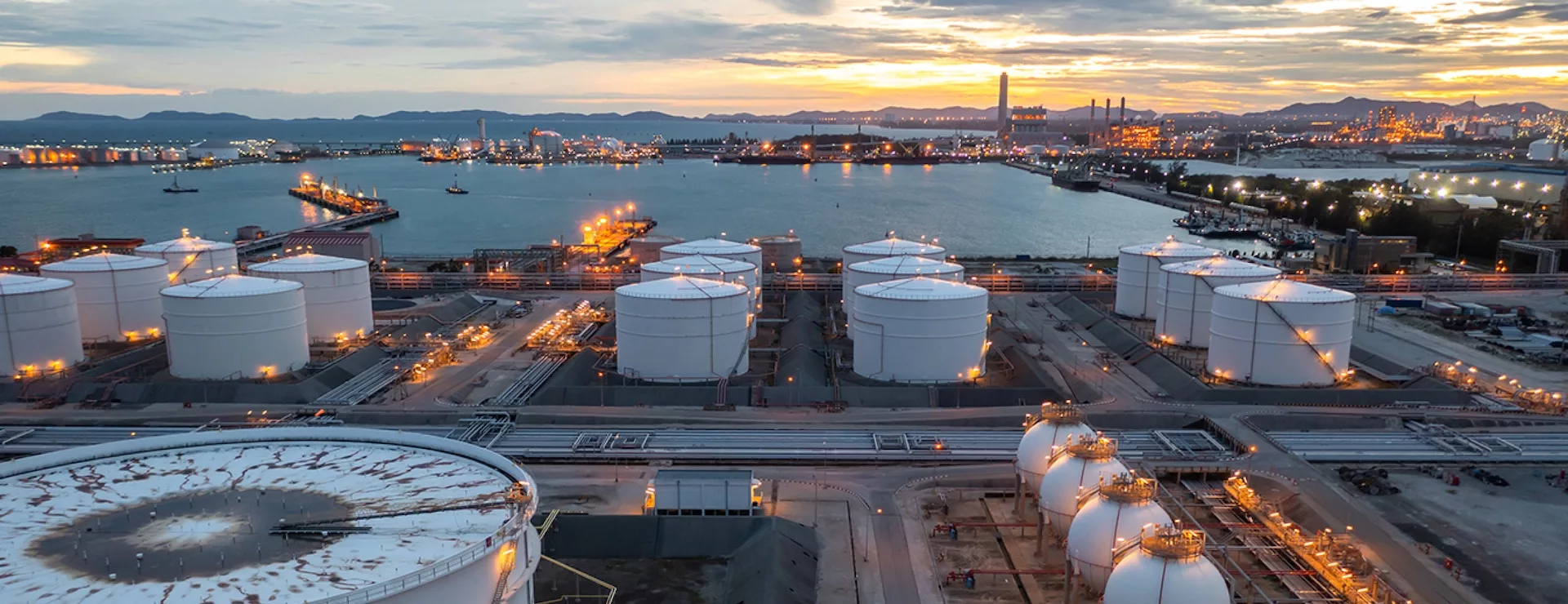Oil & Gas
Get the most out of your assets
We partner with companies in the Oil & Gas sector to support them in making data-driven decisions across people, equipment and infrastructure, ensuring alignment of projects and driving profitability.
Our partners harness our deep mathematical optimisation expertise via consulting services and bespoke software implementations to experience multidimensional benefits.
↑
Improved
Asset
Utilisation
↑
Increased asset efficiency
↑
Capex + Opex optimisation
↑
Greater operational control
Our optimisation solutions across a variety of use cases in upstream, midstream and downstream segments.
->
Workforce
Planning
Planning software that auto-generates compliant and cost-optimised workforce plans, rosters and work schedules.
->
Field Force
Scheduling
Planning software for task-driven, scheduling optimisation for distributed work.
->
Rate-of-penetration (ROP) Optimisation
Software that streams real time recommendations for optimal drilling parameters, allowing you to optimise your rate of penetration and minimising the risk of downtime for your drilling operations.
->
Facility
Optimisation
Determine the best size, capacities, configuration and location of facilities within your value chain.
->
Capex + Project Portfolio
Optimisation
Schedule the planning and execution of your capital project and study portfolio, choosing the right decisions across your value chain to optimise your overall outcome.
->
Rig Scheduling
Software that allows you to plan your rig movements to optimise profitability with respect to production output and operating costs. Ensure your rig movements are planned optimally with consideration of permitting, material movements and labour capacity.
->
Network
Optimisation
Determine the best way to supply materials across your network of assets and facilities, and run scenarios to identify the optimal network configuration for your supply chain.
->
Value Chain Optimisation
Planning software that allows you to make optimal purchasing, production and logistics decisions with consideration of the system-wide effects of decision-making.
->
Component Degradation
Analysis
Forecast component degradation across your assets and optimise your overhaul and maintenance schedules, transforming your maintenance from cyclical to condition-based.
Beyond Optimisation
Our planning software and services equips you with deeper insights for optimal decision-making.
Scenario Analysis
Perform “What-if?” analysis and understand the optimal decisions to make under different scenarios.
Sensitivity Analysis
Understand the sensitivity of your operational performance to individual factors/variables.
MARGINAL Analysis
Understand how much a variable needs to change for it to impact your operational performance.

